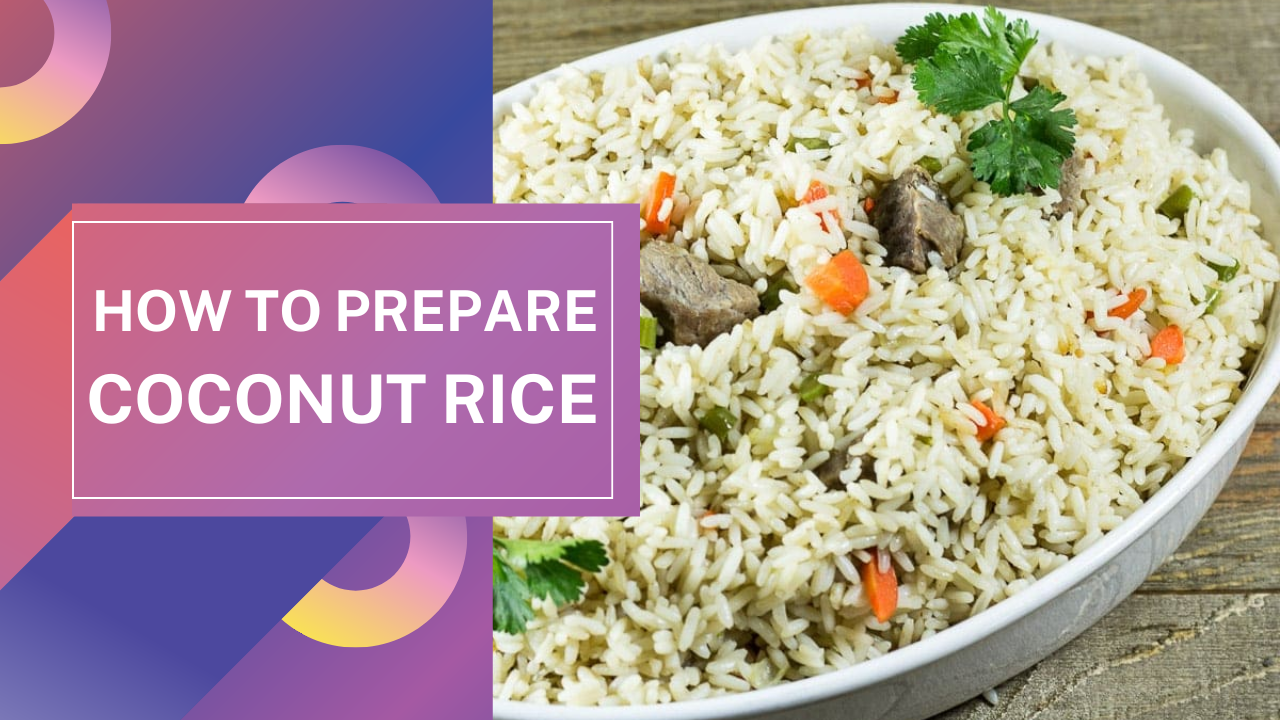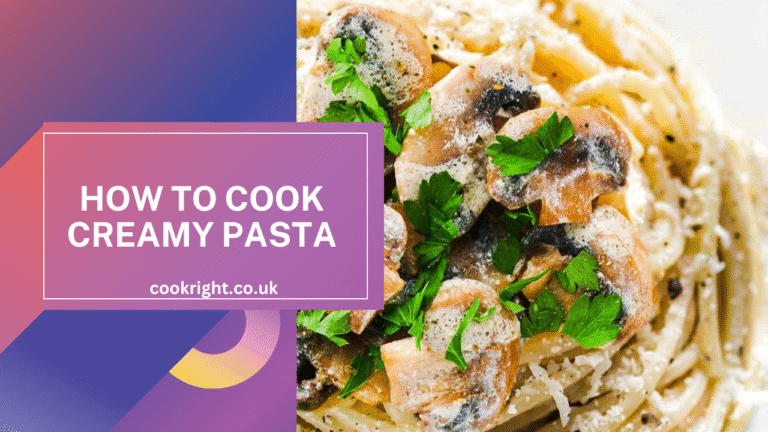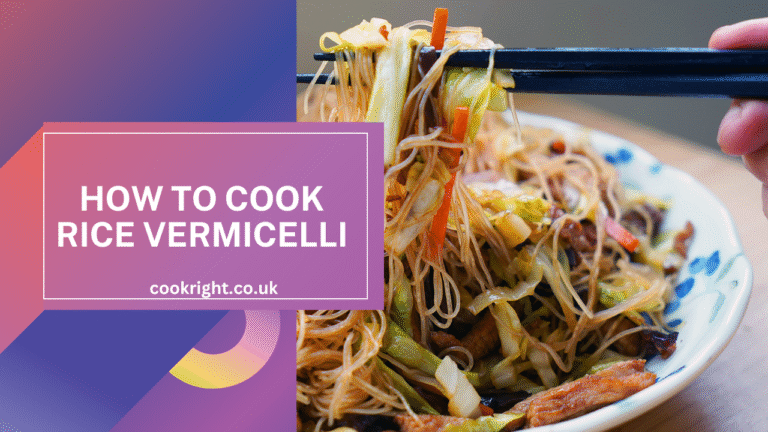Coconut rice is a beloved dish across many tropical regions, celebrated for its rich, creamy flavor and aromatic appeal. Infused with the natural sweetness of coconut milk, this simple yet flavorful rice dish is a staple in Nigerian cuisine and beyond. Whether served alongside spicy stews, grilled meats, or enjoyed on its own, coconut rice offers a delightful twist on the classic rice recipe, elevating any meal with its unique taste. Its versatility makes it a perfect choice for both everyday family dinners and special gatherings, and the best part? It’s incredibly easy to prepare.
In this guide, we’ll walk you through the steps to make this delicious dish at home, so you can bring the taste of the tropics to your table.
Ingredients
To make coconut rice, you’ll need the following ingredients:
- 2 cups of rice (long grain or basmati works best)
- 1 can of coconut milk (about 400 ml) or fresh coconut milk if available
- 1 tablespoon of coconut oil (optional, for extra coconut flavor)
- 1 medium onion, chopped
- 1 clove of garlic, minced (optional)
- 1 bell pepper, chopped (optional, for color and flavor)
- 1 seasoning cube or 1 teaspoon of seasoning powder
- Salt to taste
- 2 cups of water (adjust if using fresh coconut milk)
- Optional protein: cooked chicken, shrimp, or fish pieces (for added protein)
Step-by-Step Instructions
1. Prepare the Ingredients
- Rinse the rice thoroughly under cold water to remove excess starch. This helps keep the rice grains separate when cooking.
- Chop the onion, garlic (if using), and bell pepper. Set them aside.
2. Sauté the Onions
- In a large pot, heat the coconut oil over medium heat. If you don’t have coconut oil, regular vegetable oil will work too.
- Add the chopped onions (and garlic, if using) and sauté until they are soft and fragrant. This should take about 2-3 minutes.
3. Add the Rice
- Pour the rinsed rice into the pot and stir it gently with the onions and oil. Let the rice toast slightly for about 1-2 minutes. This helps to enhance the flavor.
4. Add Coconut Milk and Water
- Pour in the coconut milk and water. The total liquid should be enough to cook the rice, so adjust the amount of water if needed.
- Add the seasoning cube and salt to taste. Stir everything together to combine well.
5. Cook the Rice
- Bring the mixture to a boil over medium-high heat. Once it starts boiling, reduce the heat to low, cover the pot with a tight-fitting lid, and let it simmer.
- Cook the rice on low heat for about 15-20 minutes, or until all the liquid is absorbed and the rice is tender. Avoid opening the lid too often, as this can release the steam needed to cook the rice.
6. Check and Fluff the Rice
- Once the rice is cooked, turn off the heat and let it sit covered for another 5 minutes. This allows the rice to steam and become fluffy.
- Use a fork to fluff the rice gently, separating the grains.
7. Add Optional Ingredients
- If you’re adding bell peppers, chopped vegetables, or cooked proteins like chicken or shrimp, stir them in at this stage. Let the heat of the rice warm them through.
8. Serve and Enjoy
- Serve your coconut rice hot, garnished with fresh herbs like parsley or spring onions if desired. Enjoy it with your favorite side dishes like fried plantains, grilled chicken, or fish.
Serving Suggestions
Coconut rice is a versatile dish that pairs wonderfully with a variety of sides and main courses. Here are some ideas to make your meal complete:
- With Grilled or Fried Chicken: The mild, creamy flavor of coconut rice complements the spices in grilled or fried chicken perfectly. You can marinate your chicken with herbs and spices for extra flavor.
- With Fried Plantains: Add some sweetness to your meal with fried plantains. The soft, caramelized plantains contrast nicely with the rich taste of the rice.
- With Fish: Coconut rice goes great with grilled, fried, or baked fish. Try serving it with spicy pepper fish, mackerel, or tilapia for a complete meal.
- With Vegetable Stir-Fry: For a healthier option, pair your coconut rice with a colorful vegetable stir-fry. You can use veggies like carrots, bell peppers, green beans, and peas.
- With Stewed Meats: Coconut rice also pairs well with Nigerian stews, like chicken stew, beef stew, or any spicy tomato-based sauce.
- Garnish with Fresh Herbs: To add a fresh touch, sprinkle chopped parsley, spring onions, or cilantro on top of your coconut rice before serving. It adds color and a burst of fresh flavor.
Tips and Variations
- Use the Right Rice: Long grain or basmati rice works best for coconut rice because they stay fluffy and separate. Avoid using short-grain rice, as it tends to be sticky.
- Rinse the Rice Well: Rinse the rice under cold water until the water runs clear. This removes excess starch and helps prevent the rice from clumping together.
- Adjust Liquid Ratios: The ratio of liquid to rice is crucial for perfect coconut rice. Generally, use 1 cup of coconut milk and 1 cup of water for every 2 cups of rice. If you’re using fresh coconut milk, you may need to adjust the water slightly to get the right consistency.
- Low Heat Cooking: After bringing the rice to a boil, reduce the heat to low and cover tightly with a lid. Cooking on low heat ensures that the rice cooks evenly and absorbs the flavors without burning.
- Let It Rest: After the rice is done cooking, turn off the heat and let it sit, covered, for about 5 minutes. This helps the rice steam and sets the flavors.
Variations
- Spicy Coconut Rice: Add a kick to your coconut rice by including chopped fresh chilies, a dash of cayenne pepper, or ground pepper when sautéing the onions. This adds heat and spice for those who enjoy a little extra flavor.
- Herbed Coconut Rice: Add fresh herbs like thyme, basil, or cilantro to the rice as it cooks. This variation gives the rice a fragrant, herby twist that pairs well with lighter dishes like grilled fish.
- Coconut Rice with Vegetables: Add chopped vegetables like carrots, peas, sweet corn, or green beans to the rice before cooking. This makes the dish more colorful and nutritious, perfect as a one-pot meal.
- Turmeric Coconut Rice: For a vibrant yellow color and a hint of earthiness, add a teaspoon of turmeric powder to the coconut milk and water mixture. This variation not only makes the dish visually appealing but also adds an extra layer of flavor.
- Coconut Jollof Rice: Mix things up by adding a few tablespoons of tomato paste, chopped tomatoes, and bell peppers to the sautéed onions before adding the rice. This gives you a fusion of coconut and jollof rice flavors—a delightful twist on two Nigerian favorites.
Conclusion
Coconut rice is a delicious and easy-to-make dish that brings a taste of the tropics to your kitchen. Its creamy, aromatic flavor makes it a favorite in many Nigerian households, and it’s versatile enough to serve with a wide variety of sides and proteins. Whether you’re cooking for a weekday family dinner or a special occasion, coconut rice is sure to impress with its rich taste and simple preparation.
By following the steps outlined in this guide and experimenting with different variations, you can create a dish that’s perfect for your taste buds. So why not give it a try? Gather your ingredients, follow the easy steps, and enjoy the comforting and flavorful experience of homemade coconut rice. Don’t forget to share your coconut rice journey and favorite pairings with friends and family—food always tastes better when shared!




